In an era where security concerns are on the rise, the utilization of advanced technologies becomes imperative. One such technology that has proven to be a game-changer in the realm of security is the CCTV Camera Video Surveillance System.
This article aims to explore the various facets of CCTV Camera Video Surveillance System, from their evolution to the cutting-edge technologies they employ, and how they can be harnessed to ensure the safety and security of diverse environments.
Understanding CCTV Camera Video Surveillance Systems:
CCTV, or Closed Circuit Television, refers to a system where video cameras transmit signals to specific monitors in a limited set of locations. Unlike broadcast television, CCTV signals are not publicly distributed. Instead, they are confined to specific, private spaces, making them an ideal tool for security and surveillance.
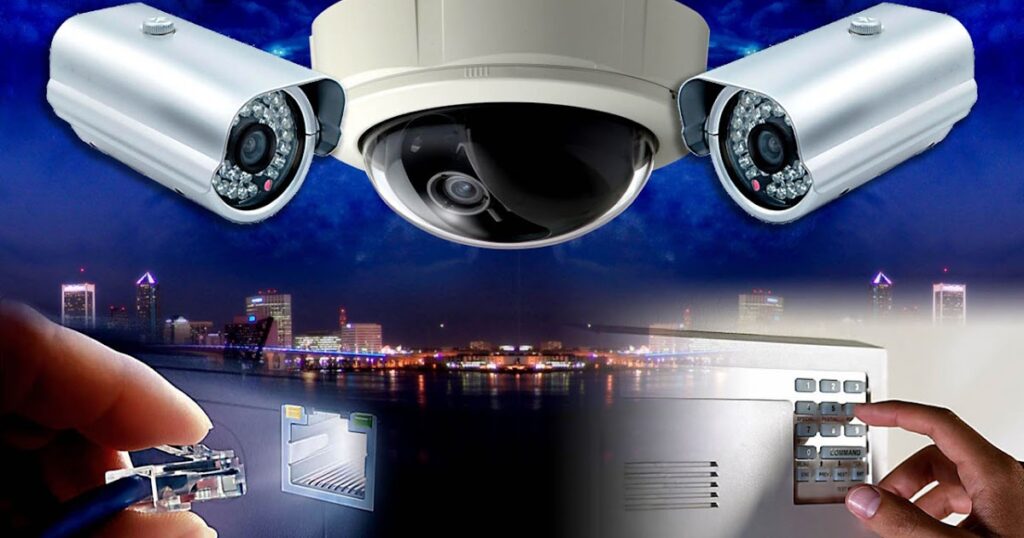
The Evolution of Video Surveillance:
The concept of video surveillance can be traced back to the mid-20th century when early CCTV systems were used for monitoring industrial processes. Over the years, technological advancements have transformed these systems into highly sophisticated tools capable of not only recording but also analyzing and interpreting visual data.
Types of CCTV Cameras:
- Dome Cameras: These cameras are characterized by their dome-shaped housing, making them inconspicuous. They are often used for indoor surveillance due to their sleek design.
- Bullet Cameras: Designed for outdoor use, bullet cameras are cylindrical in shape and offer a long, narrow field of view. They are ideal for monitoring specific areas, such as entrances and driveways.
- PTZ Cameras: Pan-Tilt-Zoom cameras can be remotely controlled to pan, tilt, and zoom, providing flexibility in monitoring large areas.
- Infrared Cameras: Equipped with infrared LEDs, these cameras can capture clear images in low-light conditions, making them suitable for nighttime surveillance.
- Wireless Cameras: Offering flexibility in installation, wireless cameras use Wi-Fi signals to transmit footage, eliminating the need for physical cables.
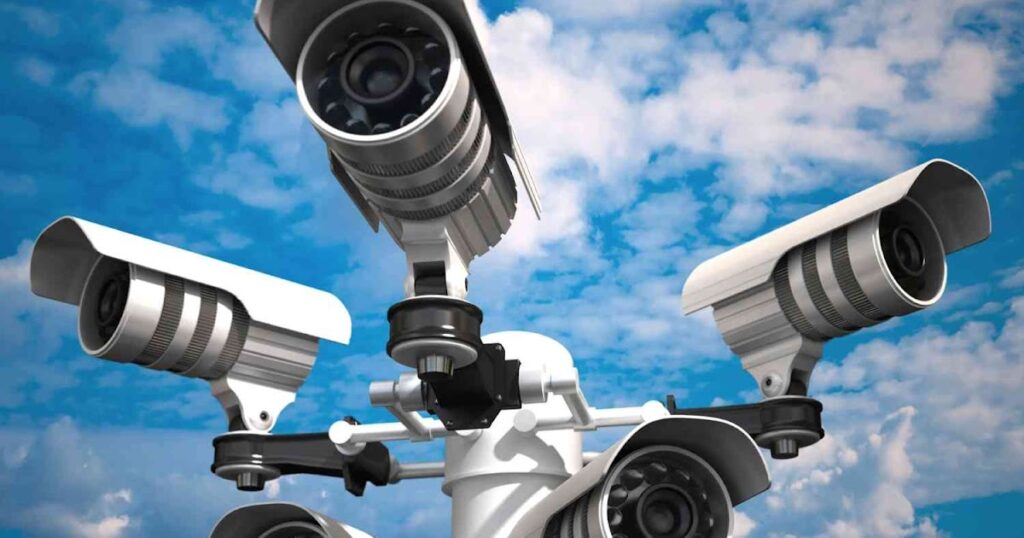
Placement Strategies for Maximum Coverage:
Effective placement of CCTV cameras is crucial for maximizing surveillance coverage. Consideration should be given to:
- Perimeter Monitoring: Installing cameras along the perimeter enhances the ability to detect and deter intruders before they reach the secured area.
- Entrance and Exit Points: Cameras placed at entry and exit points help in monitoring and recording everyone who enters or leaves the premises.
- High-Risk Areas: Identifying high-risk areas, such as cash registers or storage rooms, and focusing cameras on these locations adds an extra layer of security.
- Blind Spots: Regular assessment of blind spots and strategic camera placement ensures comprehensive coverage with minimal vulnerabilities.
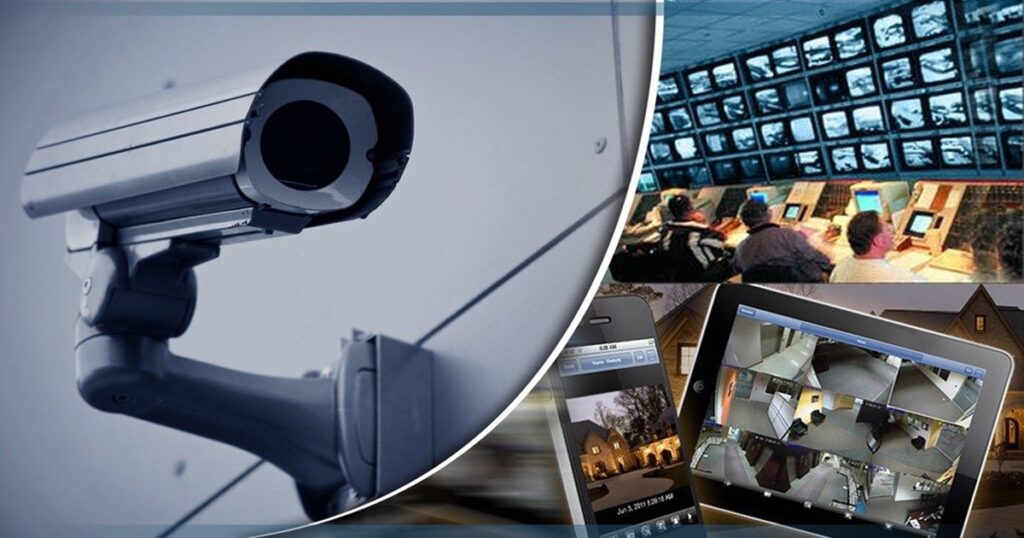
Advantages of CCTV Camera Video Surveillance:
- Crime Deterrence: The mere presence of CCTV cameras acts as a deterrent to potential criminals, significantly reducing the likelihood of criminal activities.
- Evidence Collection: In the event of an incident, recorded footage serves as valuable evidence for law enforcement and legal proceedings.
- Employee Productivity: CCTV systems can be used to monitor employee activities, promoting a more productive and accountable work environment.
- Customer Safety: In retail environments, CCTV cameras contribute to customer safety by deterring theft and providing a secure shopping atmosphere.
- Remote Monitoring: Modern CCTV systems allow remote monitoring, enabling users to access live or recorded footage from anywhere with an internet connection.
Challenges and Solutions in CCTV Implementation:
- Privacy Concerns: The widespread use of CCTV cameras has raised concerns about invasion of privacy. Implementing clear policies and adhering to legal regulations can address these concerns.
- Maintenance and Upkeep:Regular maintenance and monitoring of CCTV Systems are essential to ensure optimal performance. Scheduled inspections and prompt repairs can prevent system failures.
- Integration with Other Systems: Integrating CCTV systems with other security measures, such as access control systems, enhances overall security effectiveness.
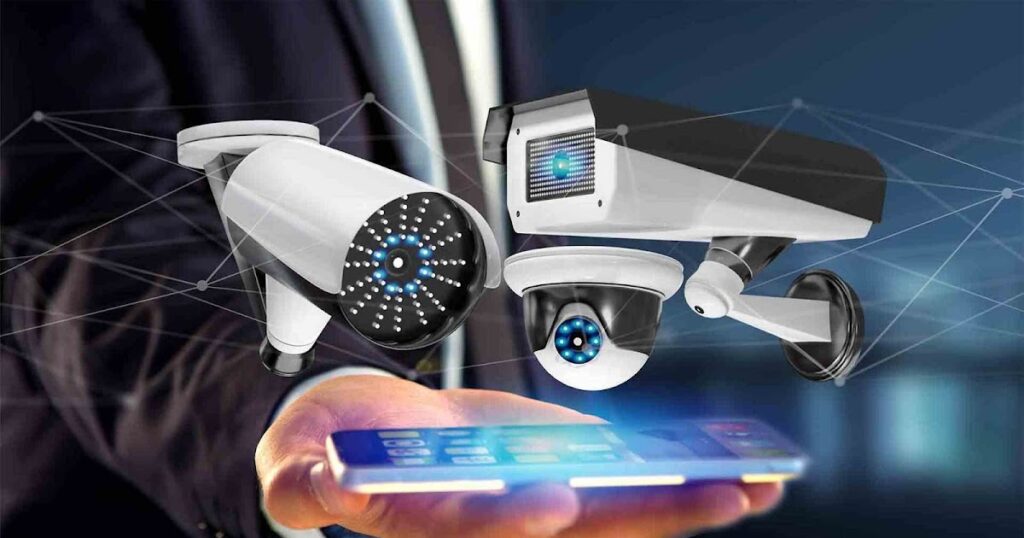
The Role of AI in Video Analytics:
- Facial Recognition: AI-powered facial recognition technology enhances security by identifying and verifying individuals.
- Object Detection: CCTV systems equipped with object detection capabilities can identify and alert security personnel to unusual items or activities.
- Motion Tracking: AI-driven motion tracking allows cameras to follow and capture the movement of individuals or objects within their field of view.
- Anomaly Detection: Advanced video analytics can detect anomalies in behavior or activities, triggering alerts for immediate attention.
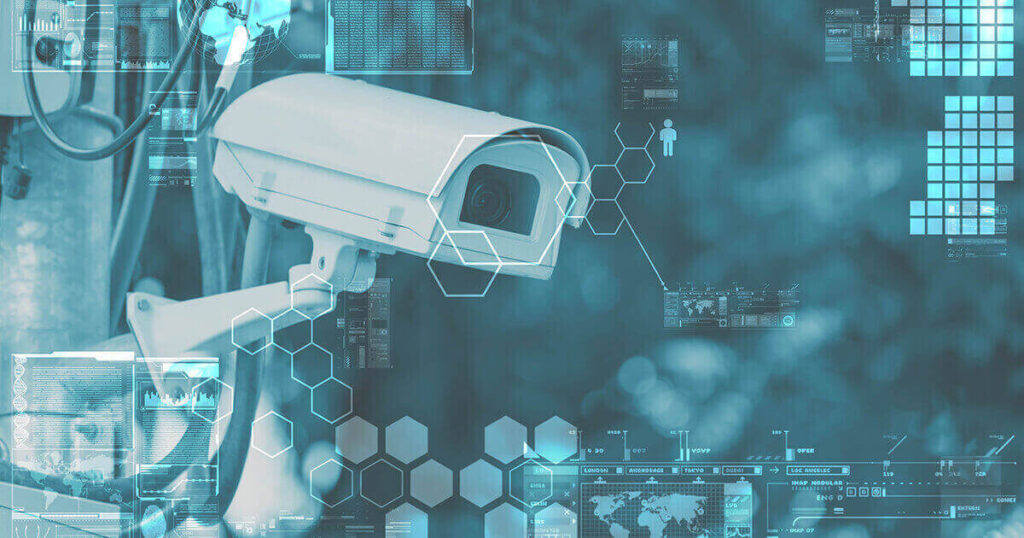
Case Studies: Real-world Applications:
- Retail Stores: CCTV cameras in retail stores prevent theft, monitor customer behavior, and enhance overall store security.
- Industrial Facilities: In industrial settings, CCTV systems ensure employee safety, monitor operations, and deter unauthorized access.
- Educational Institutions: CCTV cameras contribute to campus security by monitoring entrances, exits, and common areas.
- Residential Areas: Homeowners use CCTV systems to monitor their property, enhancing security and peace of mind.
- Public Spaces: City surveillance systems use CCTV cameras to monitor public spaces, ensuring safety and facilitating law enforcement.
FAQ’s:
How does CCTV help in crime prevention?
CCTV acts as a deterrent, and in the event of a crime, recorded footage serves as crucial evidence for investigations.
Can CCTV cameras be hacked?
While not immune to hacking, secure installation practices and regular software updates can mitigate the risk of unauthorized access.
What is the ideal resolution for CCTV cameras?
The ideal resolution depends on the specific requirements, but higher resolutions generally provide clearer and more detailed images.
Are wireless CCTV cameras reliable?
Wireless cameras can be reliable if proper security measures are in place, such as encryption and secure network protocols.
How to choose the right CCTV system for my business?
Consider factors like the size of the area to be monitored, the desired features (e.g., facial recognition), and budget constraints when choosing a CCTV system.
Conclusion:
In conclusion, the potential of CCTV Camera Video Surveillance Systems is vast and continually expanding. From preventing crimes to enhancing overall safety and security, these systems play a crucial role in diverse environments. As technology advances, the integration of AI and video analytics further elevates the capabilities of CCTV systems, making them indispensable tools for the modern era.

